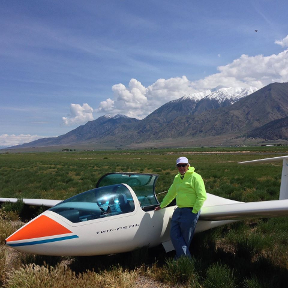Welcome to the Onshape forum! Ask questions and join in the discussions about everything Onshape.
First time visiting? Here are some places to start:- Looking for a certain topic? Check out the categories filter or use Search (upper right).
- Need support? Ask a question to our Community Support category.
- Please submit support tickets for bugs but you can request improvements in the Product Feedback category.
- Be respectful, on topic and if you see a problem, Flag it.
If you would like to contact our Community Manager personally, feel free to send a private message or an email.
Cam design software
 bill_daniels
Member Posts: 282 ✭✭✭
bill_daniels
Member Posts: 282 ✭✭✭
"Cam" is one of many English words which has lost usefulness because of overuse and misuse. Is it a CAMera, (as in Cat-CAM) Computer Aided Manufacturing or that mechanical thing that makes the valves in your car engine go up and down? Google doesn't have a clue - which makes it very difficult to find specialized applications to aid in precision mechanical cam design.
I need to design an axial ("barrel") cam which uses two cam followers running on either side of a sinuous "rib". That's the inverse of one cam follower running in a sinuous groove. If a barrel cam is to run quietly while carrying a heavy load at speed, the curves must be very precise which requires specialized cam design software - software which deals with things like acceleration. Oh, it would be nice if it a free trial was available.
Anyone have suggestions?
I need to design an axial ("barrel") cam which uses two cam followers running on either side of a sinuous "rib". That's the inverse of one cam follower running in a sinuous groove. If a barrel cam is to run quietly while carrying a heavy load at speed, the curves must be very precise which requires specialized cam design software - software which deals with things like acceleration. Oh, it would be nice if it a free trial was available.
Anyone have suggestions?
0
Answers
https://www.psmotion.com/
It looked like there might have been a few other relevant hits as well.
The motion I seek in the driven component is not complicated - just a symmetrical linear reciprocating motion with as short a turn-around at the reversal points as can be reasonably achieved with decent cam follower service life. The cam follower traverse distance is about 175 mm. I'm thinking the cam diameter would be ~300 mm.
The only complicating issues are that the driven mass is 45 kg and the cycle frequency can be as much as 2 Hz so the design has to be really strong to handle the inertial loads plus a varying bias load of up to 160 kg-F. I've thought about using spring bump-stops to assist with the turn-around.
Self-reversing screws and linear actuators can't handle the mass and speed. Plan B is to use a large AC linear motor instead of a cam but I think that would be a more expensive solution.
https://cad.onshape.com/documents/6fd6d0b7eb9062b9bf951127/w/2fe6b629d78d2788d63f646d/e/1b19abcfd8d6927a6746d1ed
Would you mind filing a support request (? menu > Feedback) for that broken sweep? I checked it out and it seems like a bug.
However, sweeping a rectangle along a path won't exactly do it. While the axial thickness is constant, the rib section is thicker in the reversal area as measured normal to the rib surface. This section is essentially a nested pair of parabolas each with a different curvature - the inside of the curve is wider than the outside.